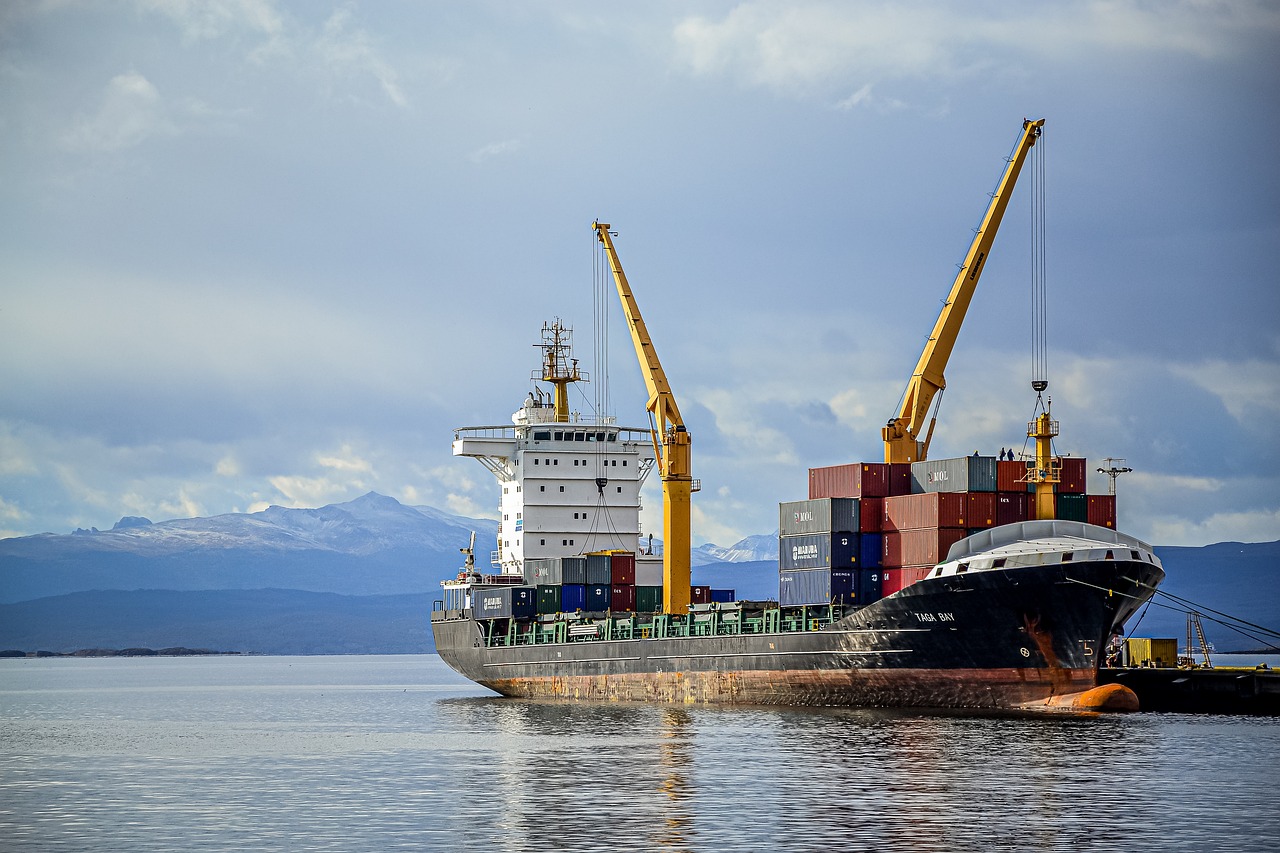According to the EPA, shipments of U.S. goods will grow 23.5% by 2025, and 45% by 2040. During this same time freight air emissions will exceed all other transportation activity emissions, including passenger transportation.
For all modes of transport, the following selected offerings and tools allow for energy efficiency and freight output measurement for reducing emissions.
Environmental Ship Index (ESI) – The Environmental Ship Index (ESI) identifies seagoing ships that perform better in reducing air emissions than required by the current emission standards of the International Maritime Organization (IMO). It is a voluntary system that provides a numerical representation of the environmental performance of ships regarding air pollutants and CO2 and noise and gives a fixed bonus for documentation and management of energy efficiency. The ESI is a project within the World Ports Sustainability Program, which was founded by IAPH (International Association of Ports and Harbors) and is guided by the 17 UN Sustainable Development Goals.
Clean Shipping Index (CSI) – The CSI is an independent labelling system of vessels’ environmental performance. According to the CSI web site via IVL Swedish Environmental Research Institute, the Index is a practical tool for differentiating port- and fairway fees or choosing more sustainable shipping alternatives. There are currently approximately 2400 vessels registered and ports that use CSI for differentiating port fees include Brofjorden, Port of Gothenburg, Posts of Stockholm, Port of Vancouver, Port of Prince Rupert, Port of Gävle, PetroPort, and Port of Turku.
IMO (International Maritime Organization) – Starting January 1, 2023, in order to reduce carbon intensity of all ships by 40% by 2030, ships are mandated to calculate two ratings: their attained Energy Efficiency Existing Ship Index (EEXI) to determine their energy efficiency, and their annual operational Carbon Intensity Indicator (CII) and associated CII rating. The EEDI Energy Efficiency Design Index is a technical measure that requires a minimum energy efficiency level per capacity mile (e.g. tonne mile) for different ship type and size segments.
Carbon Emissions Index (CEI) – In November 2022, Xeneta, in partnership with Marine Benchmark, launched the Carbon Emissions Index (CEI), which shows carbon intensity of the world’s leading carriers across 13 main global trade lanes. It is based on vessel information from a carrier’s actual sailings. The data is sourced through AIS tracking by Marine Benchmark and includes changes in speed, cargo load, time steaming and congestion shown by time spent at anchorages and is updated quarterly (less than two weeks after quarter close) with no input from carriers.
Rail Sustainability Index (RSi) – The RSi provides UIC (International Union of Railways) members with a rating system and digital platform based on the Sustainable Development Goals of the United Nations to assess the performance of each railway based on a selection of Key Performance Indicators. The results of the first RSi, released in March 2023, show more than 290GWh of energy were saved over the last 3 years among the RSi reporting companies and NOx and particulate matter pollution has reduced by more than 40% between 2005 and 2021.
TIACA’s BlueSky Program – In 2022, TIACA (The International Air Cargo Association) launched the BlueSky Program, which provides a tool that assesses, validates, and verifies for the industry a way to track sustainability progress and benchmark against peers to accelerate transformation. The program, launched in phases, is a multi-tiered platform which renews every two years.
Fleet Sustainability Index – project44 and the University of Tennessee, Knoxville have partnered to build the Fleet Sustainability Index, which is a clean truck index to help shippers with their Scope 3 emissions strategy. According to project44’s press release, the index is currently in development and includes “manufacturer, make, model, engine type, fuel efficiency, and model year for more than 70% of the Class 8 trucks on the road in the United States.” Project44 offers its Ocean Emissions Visibility product, which allows customers to measure per-shipment emissions.
The above indices have been added to the newly created category, “Freight Sustainability/Emissions Output,” of the Supply Market Indexes Collection, which can be found here and here at the ProcureSearch hub.
Image by Pawel Grzegorz from Pixabay

